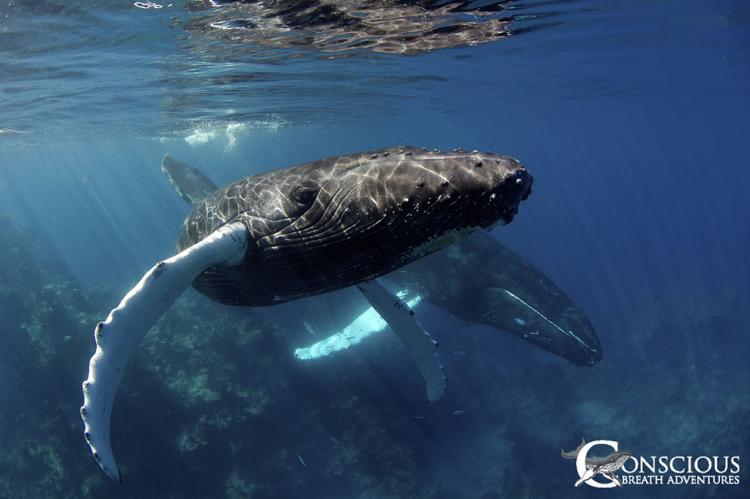How toothed whales use echolocation to hunt
Can hunting by echolocation be as fast as hunting by sight?
As visual animals, we may find this a peculiar question—not so if one applies it to animals that hunt using echolocation, like bats, dolphins and whales. These animals emit clicking sounds and use the reflected echoes to determine the location of objects and other animals.
Can animals that hunt using echolocation lock onto their prey and track their movements, and how fast can they react? These were questions that an international team of researchers sought to answer.













